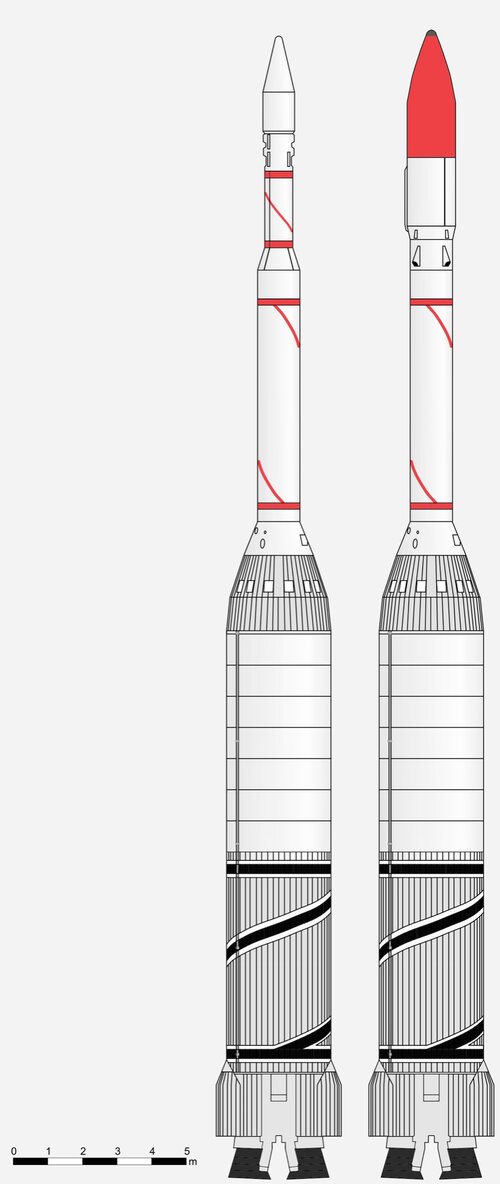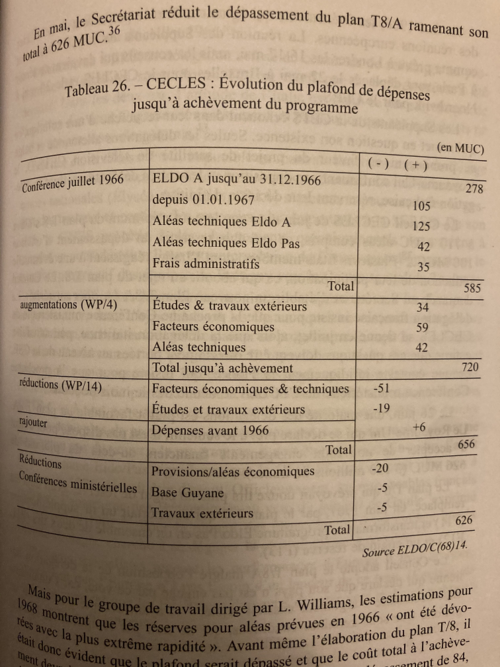There are so many alternate histories, related to the Blue Streak... so let's have some fun.
Basic rule of thumb:
- all the POD listed are independant from each other
- Blue Streak needs a second stage
- But it can't weight more than 16 000 kg otherwise it crushes the delicate balloon tank structure underneath
Soooo...
1955-59: Blue Streak + Black Knight + a 1-ton reconnaissance satellite (yes, the RAE thought about it: months before Sputnik !)
= Black Prince. With an optimized HTP stage 2: 14 000 kg, isp 250 seconds. This could get more than 2000 pounds to orbit.
1961: Blue Streak + Veronique / Coralie - the french only. No German, no ELDO, no Europa.
1966: the LH2 option: ELDO-B1. Once again, a 14 000 kg second stage but this time, with LOX-LH2 : HM-4 + RZ-20.
1972: Blue Streak - Centaur, since they were related through Atlas.
1973: Europa F12 with the Symphonie satellites.
Basic rule of thumb:
- all the POD listed are independant from each other
- Blue Streak needs a second stage
- But it can't weight more than 16 000 kg otherwise it crushes the delicate balloon tank structure underneath
Soooo...
1955-59: Blue Streak + Black Knight + a 1-ton reconnaissance satellite (yes, the RAE thought about it: months before Sputnik !)
= Black Prince. With an optimized HTP stage 2: 14 000 kg, isp 250 seconds. This could get more than 2000 pounds to orbit.
1961: Blue Streak + Veronique / Coralie - the french only. No German, no ELDO, no Europa.
1966: the LH2 option: ELDO-B1. Once again, a 14 000 kg second stage but this time, with LOX-LH2 : HM-4 + RZ-20.
1972: Blue Streak - Centaur, since they were related through Atlas.
1973: Europa F12 with the Symphonie satellites.




